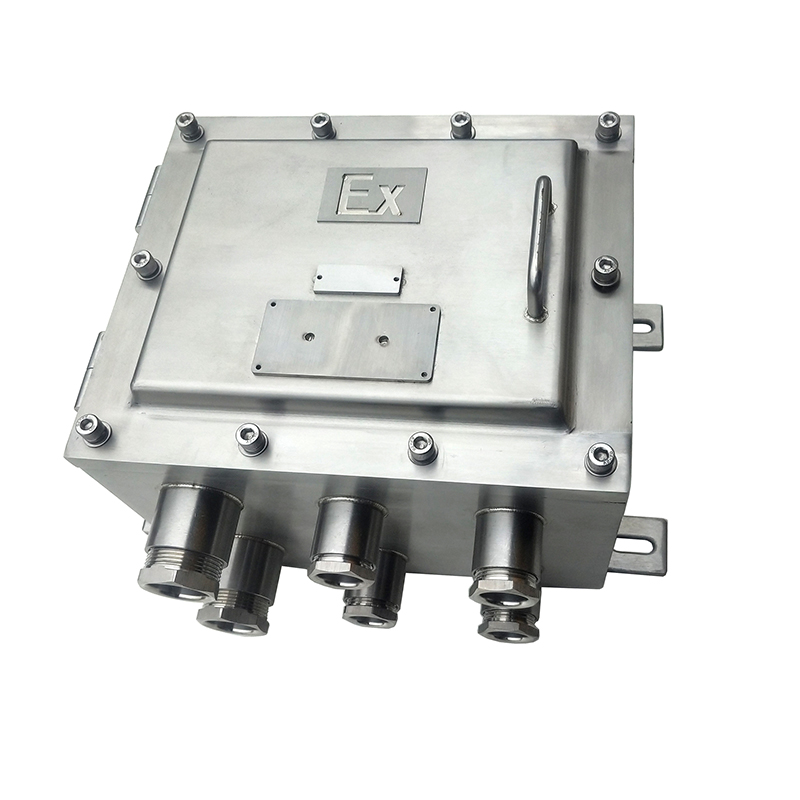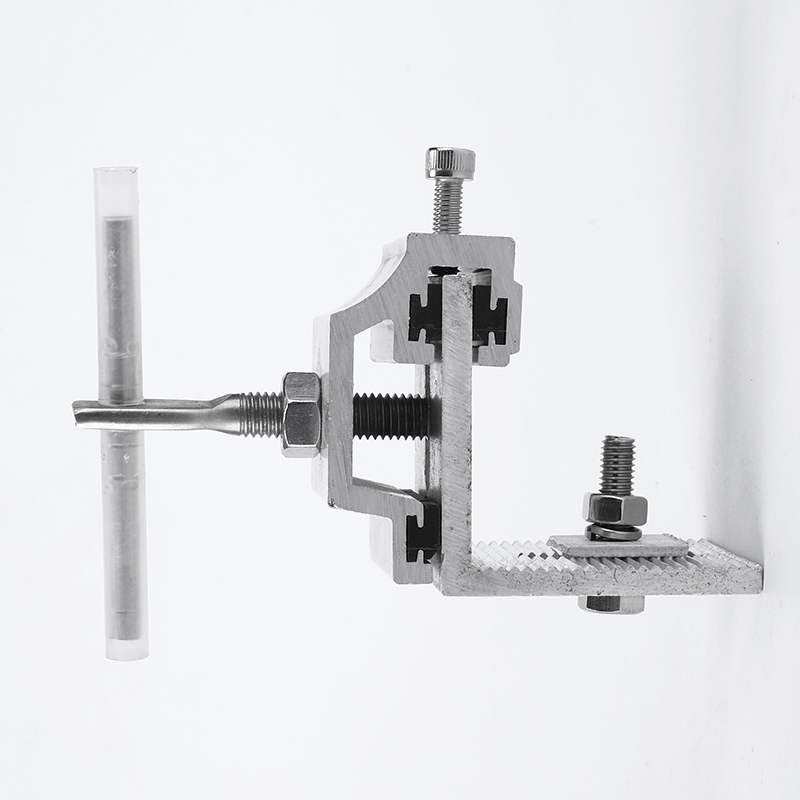We earn a commission for products purchased through some links in this article.
Upgrade your viewing experience while saving space Ceramic Brick Wall Aluminum System

We updated this roundup in December 2023 to guarantee that our best TV wall mount picks are in stock and reflect up-to-date prices.
There’s more to setting up your new TV than fiddling with the menus to get the best picture quality and downloading your favourite streaming apps – where you place your telly in a room has a big impact on your viewing experience.
There’s no rule that it has to go on a TV stand. There are plenty of reasons not to use the feet that come in the box and instead take advantage of your wall space. Mounting your telly lets you change the angle of the screen, gives you more room for furniture and, as the set is less likely to topple over, it’s safer for kids too.
Wall brackets are available to fit all sizes – whether it’s one of the best OLED TVs or a more affordable set under £500 – and are installed relatively easily using pre-built holes on the back (you will see this called VESA, more on that below). Some keep the telly in a fixed position, while others let you swivel, tilt or turn it within 180 degrees.
Not sure which bracket is best for you or what questions you should consider before buying a mount for your 32-inch, 43-inch or 55-inch TV? Keep scrolling to read a buyer’s guide under our recommendations.
We test TV wall brackets based on build quality, ease of installation and how well they connect to your TV’s VESA mount, plus how well the weight is supported once fixed to the wall. We look out for extra features they offer, such as built-in cable management or spirit levels. This list is based on rigorous research – comparisons of specifications, features, design quality and pricing – plus hands-on experience.
Shopping for a TV wall bracket that’s strong and feature-rich? The HDTV-DXL is a top all-rounder. Made from sturdy alloy steel, it gives you full control over how you want your telly positioned – tilting up to eight degrees downwards, extending outwards up to 50 cm and swivelling horizontally by up to 160 degrees.
We love that it supports a variety of TV screen sizes (37 to 70 inches, and up to 50kg) and that you can reduce cable clutter by passing wires through the bracket itself. Packaged with an HDMI cable, spirit level and all the necessary fittings, this is a reliable movable mount.
If you have more wall space to work with and your telly is between 24 and 60 inches, we love the design and features of the full-motion Invision HDTV-E.
This bracket gives you a tilt of eight degrees downwards and up to 50 cm extension, plus up to 180 degrees horizontal swivel – that’s slightly more manoeuvrability than our top pick.
The downside for us is that it doesn’t support quite as much TV weight as other models, at 36kg, but it does come with built-in cable management and a very sturdy metal build quality.
If you need a TV bracket for a room that’s snug, this model from VonHaus is a top choice. We love that it’s affordable without compromising on features, boasting a 180-degree swivel and up to 42cm extension.
The big difference here is that this mount only supports TVs up to 56 inches in size and up to 35 kg in weight – so if you’ve bought a shiny new 70-inch model this won’t be your best option and we advise looking at our other picks. For anyone with a smaller TV, though, this is a solid option. If you don’t need movement, check out the VonHaus Fixed wall bracket instead.
A fixed wall mount is easy to install and affordable. This Echogear model supports a broad range of sets - between 32 and 80 inches - and uses two pull cords so the TV can also be removed in a few seconds. It's also a low profile bracket, meaning the TV is able to sit at 3.2 cm from the wall. There's no fancy cable management or tilt/swivel functions (meaning this only works if it's at a comfortable eye level) but it's a top all-round option.
If you’re installing your TV above eye level – over a fireplace or sideboard – you should buy a bracket that tilts downwards. This is a more comfortable viewing angle and reduces glare from light sources hitting the screen, such as the sun or bright lamps. This Mounting Dream model is our tilt mount of choice as it can be set up either flat to the wall or tilting down at up to eight degrees.
The metal build quality is strong enough to support more weight than the Invision and Sanus above, and installation is easy enough for one or two people. The fitting screws to the back of the TV then hang on a main wall plate, and the fixtures and fittings all come sorted in pre-labelled bags.
If you’re mounting a larger telly onto your wall, we reckon it’s best to not have it swivelling or extending too much, but we still recommend you consider a bracket with tilt so you can still adjust the viewing angle.
This mount from Bontec is sturdy enough to support TVs up to 82 inches and up to 60kg, and we like that its flat position allows you to place the TV close to the wall. There’s no built-in cable management, but it comes with an HDMI cable plus a wider variety of screws, bolts and anchors than any other model on our list, which is a bonus for the installation process.
If you have a TV that’s especially large and weighty but doesn’t need a tilt feature, we recommend this heavy-duty One For All TV bracket, which supports TVs from 32 inches up to 90 inches in size and up to 100kg – more than any other mount on our list.
Sure, you don’t get the manoeuvrability of some of the other models above, but this is a sturdy and no-fuss wall mount for anyone who wants to replace some open wall space with a massive 4K screen. Priced at under £25, it’s also affordable.
TV wall brackets come in all shapes and sizes, but the most common types are fixed (also called flat or low profile), tilting and full motion.
As the name suggests, fixed mounts keep your TV in one place, working best if the telly is around eye level, so you won’t strain your neck looking up during your next movie marathon.
Tilting wall brackets can be moved so the screen shifts forwards slightly, and these are best for TVs higher above your eye level, such as above a fireplace.
Full motion brackets are easily the most complex of the bunch, letting you extend the telly outwards, tilt or swivel it side-to-side.
These work in any room where you need to move the screen to find the perfect viewing angle, but are the hardest to install.
Once you have picked the type of wall mount that works best for your home, you will need to make sure it fits on your telly.
Read the spec sheet for the bracket and make sure it handles your screen size (this is measured in inches), weight (measured in kilograms) and the size of VESA mount (measured in millimetres).
What exactly is a VESA (Video Electronics Standards Association)? This refers to four pre-built screw holes you will find on the back of your TV – used to connect a mount.
Let’s keep this simple. If you can’t find the details in the manual or online, you can measure this yourself: it’s the distance (in millimetres) between the two horizontal holes and the distance between the two vertical holes.
So, if your result is 100 mm across and 100 mm high your VESA is 100 x 100 mm. Common sizes are 200 x 200, 400 x 400 and 600 x 400, but every telly is different.
Lastly, your wall has to be strong enough to support both the weight of your TV and the bracket. Try to stick to sturdy brick or concrete walls if possible. Use on drywall or a stud wall may not be possible, or need extra support with professional installation.
For us, the biggest pro of wall mounting your TV is that it saves space – getting the telly up high means you don’t need a large stand or cabinet taking up valuable square inches, giving you more room for sofas, accent chairs or a children’s play area.
This opens up another exciting possibility for more snug homes: using a wall means you can shop for larger screen sizes. Even better, you no longer have to lay out all of your furniture and sofas facing the direction of your TV.
If you do have children (or if you’re just slightly clumsy) having the TV on the wall is safer as the set can’t be toppled over and cause an injury.
At the same time, using a tilted or a motion mount gives you more flexibility on how the screen is positioned, letting you swivel the display away from glare pouring through the blinds.
Of course, there are also downsides to mounting. The biggest is that doing so requires more effort than just popping on the feet and setting it on a cabinet. Installation is always fairly easy, but may require a helper and you often have to use a drill. Failing to do it properly can result in damage to your TV (and wall).
It’s also important to remember that you may also lose easy access to ports on the back of the TV – so connecting a set-top box, streaming device or wired soundbar may be more difficult.
Unless you have good cable management, you may also see wires hanging down from the telly to the power socket. And the issue with not using a larger TV cabinet in your living room? You lose the storage that comes with it.
Jason Murdock is our Deputy Technology Ecommerce Editor, writing across multiple titles including Good Housekeeping, Esquire and Digital Spy.
With more than eight years’ experience covering tech at publications including Radio Times, Newsweek and the International Business Times, Jason has extensive knowledge on the latest gear and gadgets – reviewing phones, tablets, laptops, headphones, smart home products and more – and covering the biggest shopping events of the year, including Black Friday and Amazon Prime Day.
For his coverage on cybersecurity in the International Business Times, he won Digital Writer of the Year at The Drum's Online Media Awards in 2017. When not writing and testing the latest gadgets, you’ll find Jason playing the guitar or learning how to parent his new baby.
You can follow Jason on Twitter at @Jason_A_Murdock.
Best OLED TVs to buy in 2023
Best TV streaming devices for 2023
Good Housekeeping, Part of the Hearst UK Fashion & Beauty Network
Good Housekeeping participates in various affiliate marketing programs, which means we may get paid commissions on editorially chosen products purchased through our links to retailer sites.

Ceramic Wall Hanging Brackets ©2023 Hearst UK is the trading name of the National Magazine Company Ltd, 30 Panton Street, Leicester Square, London, SW1Y 4AJ. Registered in England. All Rights Reserved.